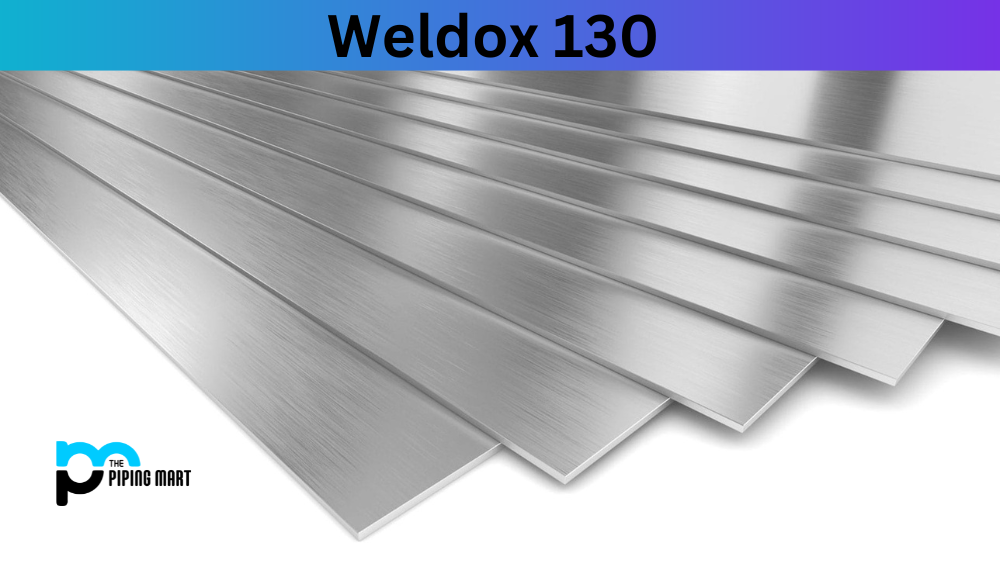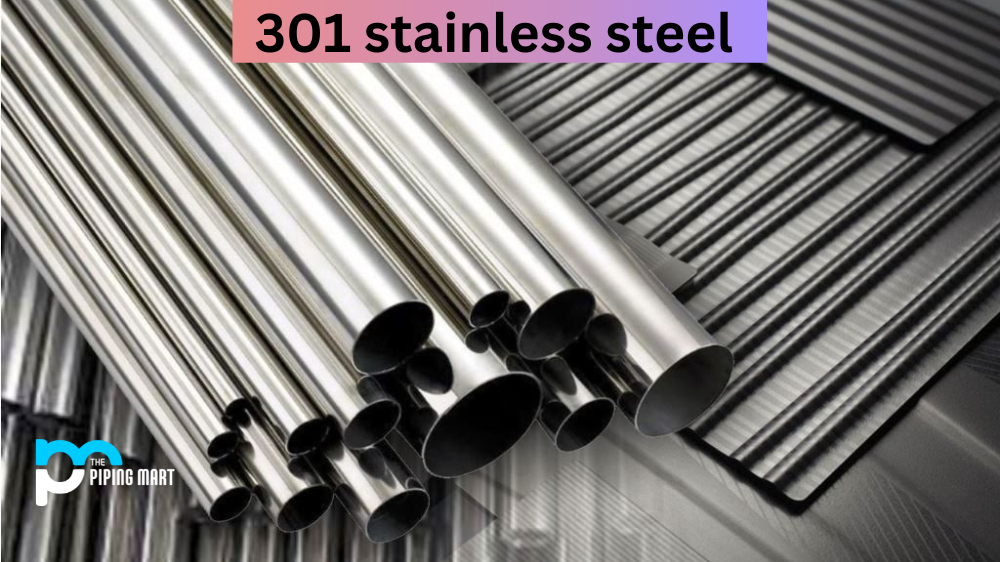When choosing the right type of steel for your project, there are dozens of options. One of the most popular grades of stainless steel is 440a, a type of martensitic steel known for its excellent corrosion resistance and toughness. However, before you start using 440a stainless steel in your applications, it’s essential to understand its composition, mechanical and physical properties, uses, corrosion resistance, heat treatment, machining, and welding. This blog post will provide an in-depth overview of everything you need to know about 440a stainless steel.
440A Stainless Steel Composition
The 440a stainless steel is a high-carbon, chromium-containing martensitic stainless steel. It has a chemical composition of 0.65-0.75% carbon, 16-18% chromium, and 0.75% manganese. The additional chromium content provides superior corrosion resistance to the steel, while the carbon content offers good hardness and wear resistance. The manganese in the composition enhances the toughness and flexibility of the steel.
| Element | Content (%) |
|---|---|
| Iron, Fe | Balance |
| Chromium, Cr | 16-18 |
| Manganese, Mn | 1 |
| Silicon, Si | 1 |
| Molybdenum, Mo | 0.75 |
| Carbon, C | 0.60-0.75 |
| Sulfur, S | 0.03 |
| Phosphorous, P | 0.04 |
440A Stainless Steel Mechanical Properties
440a stainless steel is well-known for its high strength, excellent resistance to wear, and toughness. The specific mechanical properties include a tensile strength of 760 MPa, yield strength of 450 MPa, and elongation of 14%.
| Properties | Metric | Imperial |
|---|---|---|
| Tensile strength | 725-1790 MPa | 105000 – 260000 psi |
| Yield strength (@strain 0.200 %) | 415-1650 MPa | 60200 – 239000 psi |
| Modulus of elasticity | 204 – 215 GPa | 29600 – 31200 ksi |
| Elongation at break (in 50 mm) | 5- 20% | 5- 20% |
| Hardness, Rockwell B | 95 | 95 |
440A Stainless Steel Physical Properties
Its physical properties include a density of 7.75 g/cm3, a thermal conductivity of 24 W/(m*K), and a specific heat capacity of 460 J/(K kg).
| Property | 440A Data |
| Density, lb/in3 | 0.280 |
| Modulus of Elasticity, psi | 29.0 x 106 |
| Coefficient of Thermal Expansion, 68-212˚F, /˚F | 5.6 x 10-6 |
| Thermal Conductivity, Btu/ft hr ˚F | 14.0 |
| Specific Heat, Btu/lb ˚F | 0.11 |
| Electrical Resistivity, Microohm-in | 23.6 |
440A Stainless Steel Equivalent
| AISI 440A | AMS 5631 | AMS 5632 | ASTM A276 | ASTM A314 |
| ASTM A473 | ASTM A511 | ASTM A580 | QQ S763 | SAE 51440A |
| FED QQ-S-763 | MIL-SPEC MIL-S-862 | SAE J405 (51440A) |
440A Stainless Steel Uses
440a stainless steel is widely used in several industries, including cutlery, medical devices, and automotive parts. Its hardness, wear, and corrosion resistance make it popular in knife blades, surgical scalpels, and other cutting tools. The steel’s high corrosion resistance is also a popular material for medical instruments, surgical implants, and dental devices. Additionally, the toughness and strength of 440a stainless steel make it suitable for use in automotive parts like bearings, springs, and gears.
440A Stainless Steel Corrosion Resistance
One of the significant advantages of 440a stainless steel is its excellent corrosion resistance. The chromium content in the steel forms a protective layer on the surface that prevents rusting and other forms of corrosion. The steel also has low carbon content, making it less sensitive to sensitization. This means the steel won’t lose corrosion resistance when exposed to high temperatures.
440A Stainless Steel Heat Treatment:
Heat treatment is essential in producing 440a stainless steel as it helps to enhance the steel’s mechanical properties. The steel is heated to around 1010-1125°C and cooled at different rates to achieve specific properties, such as hardness, toughness, and corrosion resistance. Hardening is usually done through oil, water, or air quenching, depending on the desired result.
440A Stainless Steel Machining
Machining 440a stainless steel can prove challenging due to its high hardness and toughness. The steel can be machined using carbide tooling, but it requires slow and thorough processes to avoid damage to the tools.
440A Stainless Steel Welding
Welding 440a steel is also challenging, and it is essential to preheat the steel to prevent cracking. The steel can be welded using TIG and MIG welding methods, but it is crucial to use matching fillers to reduce the chances of corrosion in the welded areas.
Conclusion
440a stainless steel is an excellent material for many applications due to its high strength, wear, and corrosion resistance. Its composition, mechanical and physical properties, uses, corrosion resistance, heat treatment, machining, and welding all play a crucial role in its suitability for specific applications. Considering using 440a stainless steel in your projects, consider its properties carefully and use the proper techniques for machining, welding, and heat treating the steel. By doing this, you’ll achieve the best results for your application, and you can trust the 440a stainless steel to deliver high performance and durability.

Abhishek is a seasoned blogger and industry expert, sharing his insights and knowledge on various topics. With his research, Abhishek offers valuable insights and tips for professionals and enthusiasts. Follow him for expert advice on the latest trends and developments in the metal industry.




